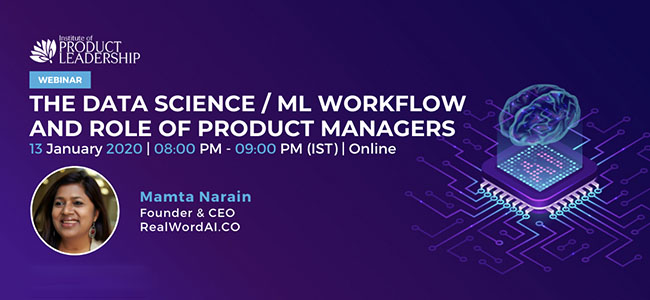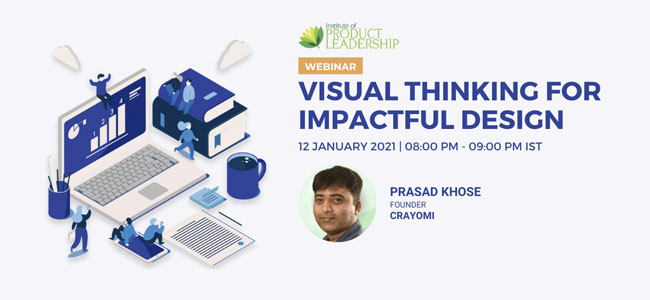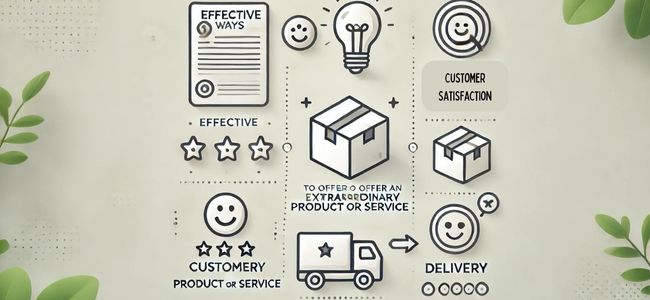Dual-Track Agile: The Reality behind the Hype
A webinar by Bhushan Shinkre, Head of Product, Amazon
Behind every successful product launched till date lie two indispensable parameters - A fantastic team and, obviously, a happy customer.
And how does a team achieve this indomitable task of satisfying the customer?
The answer to that was in the latest Product Leaders Webinar on 13th July, 2017. Mr. Bhushan Shinkre, Head of Products, Amazon spoke on how to “Launch Great Experiences using Dual-Track Agile” in the webinar hosted by The Institute of Product Leadership.
In his talk, Bhushan emphasized that bridging the gap between customers and the team building the product is key to success. Only when the needs and wants of the customers are thoroughly understood will a good team be in a position to deliver delightful products. Come to think of it, a good team delivers a good product that delights the customers. A happy customer in turn assures a sustainable business.
The answer to that was in the latest Product Leaders Webinar on 13th July, 2017. Mr. Bhushan Shinkre, Head of Products, Amazon spoke on how to “Launch Great Experiences using Dual-Track Agile” in the webinar hosted by The Institute of Product Leadership.
In his talk, Bhushan emphasized that bridging the gap between customers and the team building the product is key to success. Only when the needs and wants of the customers are thoroughly understood will a good team be in a position to deliver delightful products. Come to think of it, a good team delivers a good product that delights the customers. A happy customer in turn assures a sustainable business.

Upcoming Events
[add_eventon_list hide_past="yes" hide_empty_months="yes" event_count="15" event_type="105,127,93" number_of_months="4" ]
The flywheel effect
These three points work in unison to create a flywheel effect, enabling organisations to continuously build successful products. Bhushan went on to point out exactly what an organization would need to do in order to make their efforts worthwhile. The key is in getting the first step right. The remaining will follow as a result of the first step.
● Foremost in the journey of developing a product is to know your customers needs and wants to the T.
● If the needs are known and drafted out clearly, it will become easy to discover the right requirements for the product.
● If requirements are charted out clearly, the team building the product has its job cut out and can deliver a quality product.
● Another crucial step in the product development phase would be to validate feedback on the product before going live. That is a sure shot way of delivering delightful products that satisfy your customers’ every need.
● Foremost in the journey of developing a product is to know your customers needs and wants to the T.
● If the needs are known and drafted out clearly, it will become easy to discover the right requirements for the product.
● If requirements are charted out clearly, the team building the product has its job cut out and can deliver a quality product.
● Another crucial step in the product development phase would be to validate feedback on the product before going live. That is a sure shot way of delivering delightful products that satisfy your customers’ every need.
Ideal Scenario Vs Reality
Are customers’ expectations always satisfied by products that are delivered by organizations?
Sadly, no!
Organizations that run traditional Agile often have isolated or disjointed processes. Therefore, there is always a huge disconnect between the teams developing the product and the customers’ expectations. This has brought forth a realization among organizations that traditional agile is just not sufficient to bridge the gap between the product and the customer.
Sadly, no!
Organizations that run traditional Agile often have isolated or disjointed processes. Therefore, there is always a huge disconnect between the teams developing the product and the customers’ expectations. This has brought forth a realization among organizations that traditional agile is just not sufficient to bridge the gap between the product and the customer.
One of the most pressing concerns with traditional Agile is the lack of close customer collaboration and negligence of teamwork. It is for this reason that Dual-Track Agile has taken centerstage.
What exactly is Dual-Track Agile?
Dual-Track Agile has two fundamental elements to it. The success of Dual-Track Agile lies in the efficiency of both the team and a process. Any successful product starts with that sparkling idea that may solve customers’ pain-points. In contrast, if we were to follow a traditional Agile model, requirements are written and execution begins! This is precisely where Dual-Track Agile differs from the traditional version.
Dual-Track Agile insists on experimenting and researching the idea, thus generating insights that can be real value-adds to the product. The very essence of Dual-Track Agile is the parallel execution of its two tracks - the Discovery track and the Delivery track. The insights that are generated in the discovery track are validated with the customers to further fine-tune requirements.
Imagine saving work and money by getting requirements validated by the customer in the very beginning, instead of diving into development with a half-baked understanding of what the customer might need! Once the requirements are crystal clear, the development track is able to generate high quality shippable products to the customers.
Eat your own dog food
Bhushan stressed the importance of “eating your own dog food”. He insisted on rigorous validation or beta testing on the product, the results of which can be used to fix engineering changes. At the end of the day, the customer is God. Therefore, the onus is on the organization to involve the customer early on in the product life cycle, saving time and money for the organization.
Using his experience in developing successful products in Motorola and other large companies, Bhushan showcased practical Dual-Track Agile during the development of the Motobody app.
Team happy = Customer Happy
The importance of a team - one of the twin pillars of Dual-Track Agile - also found its way in Bhushan’s talk. When the entire team sticks together throughout the different product life cycles of discovery, delivery and validation, different perspectives are brought to the table that in turn lead to the development of precise and high quality products.
While on the topic of teams, Bhushan chose to share how teams were structured while developing the Motobody App for Motorola.He highlighted the main advantage of Dual-Track, which is its flexibility and the ease with which it could be blended in traditional Waterfall or Agile systems.
Not that there are no pitfalls, but as an organization if people are open to change and adopt Dual-Track with an open mind, the benefits that Dual-Track brings to the organization are lasting.
The key is to never stop innovating, says Bhushan Shinkre, on a closing note.
Facebook
Twitter
LinkedIn
Past Events
Tagged IPL TV-Speaker Series




